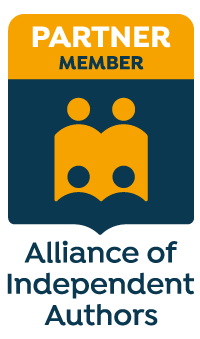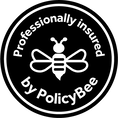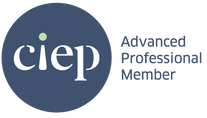|
Every professional editor is a business owner, and that role requires us to track the health of our businesses from one year to the next. Managing and analysing all that data can be a burden, especially if you’re more interested in words than numbers!
Fellow editor and Excel authority Maya Berger has created a tool that will make life easy. It’s called The Editor's Affairs (TEA).
All the data in one place
When it comes to keeping an eye on the health of my business, simple has always been my goal. I’m an editor, not an accountant. Essentially, I want as much as possible in one place:
And when it’s time to submit a tax return to (in my case) HMRC and evaluate how things are going, I don’t want to be faffing around with several different apps and spreadsheets. Instead, I want to see the core data at a glance … data that will tell me the following: On a project basis:
On a business-health basis:
I don’t want to spend ages collecting and collating this data so it’s easy to access. I want summaries that give me a number – automatically generated by the data I’ve inputted throughout the financial year. Then, when it’s time to review my business and submit my return to the tax authorities, the numbers are ready and waiting for me. I’ve been tracking my data for years, and while I’m fairly proficient with Excel, I’ve been aware that there’s more I could do to fine-tune my process. However, like many editors, I have neither the time nor the will. So when Maya asked me to take a look at TEA, I jumped at the chance.
The Editor's Affairs (TEA)
So what is TEA? It’s a one-stop-shop Excel spreadsheet with lots of built-in jiggery-pokery that does all the tricky formula work for you. All you need to do is input the project (and expenses) data as it comes in. Below are examples of some of the project data an editor can input, and the received data from TEA. Examples of data the editor can input
Examples of received data from TEA
5 reasons why TEA is worth it
So why is it worth investing in TEA? I identified 5 standout features that I believe make this a must-have tool. NOTE: The numbers and client information below are for the purposes of illustration only. I made them up because my business affairs are of no concern to anyone but me! 1. Making informed decisions when quoting TEA allows you to see the impact of the data you’re inputting on your business, and make informed decisions about how you should quote. Let’s take an example: John Smith asks me to line edit a 100K-word novel. I estimate I can edit at a speed of 1,750 words per hour, so I input that information along with the word count.
I decide I want to earn £40 per hour. I add that data to the row.
Now I can build my quote. I type 57 into the hours-worked cell.
For argument’s sake, let’s say I know that my client’s budget is £2,000. I can temporarily add this to the amount-received cell.
If I’m happy to work for £35.09 rather than £40 per hour, I’m good to go. If I don’t, I can negotiate with the client. The point is, I can play with the data I’m inputting and see the impact. And that means there are no surprises. I’m making informed decisions. 2. Collecting data for the future Less experienced editors might not yet have enough older data to know how long a particular type of editing will take, or whether Client A’s work tends to be speedier to complete than Client B’s. TEA helps us build that knowledge via accrued data that we can use later on. Another example … In April 2019, Jackie Jones asks me to proofread her 30,000-word novella. I have no clue how long it will take so I estimate a speed of 5,000 words an hour. I’m grateful for the opportunity because my business is new. I decide I’ll be happy earning anything over £20 per hour. TEA tells me my rate per 1,000 words will be £4 and it’ll take 6 hours, so I bill for £120. I get the gig and do the work. In fact, it takes me 10 hours. I input the new data.
But I’ve learned something. And when Jackie comes back to me three months later with another job with the same word count, this time I can input more accurate data, meaning I’ll earn my desired rate of £20 per 1,000 words. 3. Saving time and protecting the data At no time am I messing around with a calculator. All I do is input the raw data and review what TEA’s analysis cells tell me. That saves me time because TEA’s doing the maths for me. Plus, I can’t break the spreadsheet! TEA’s analysis cells are locked so I won’t inadvertently alter the complex formulae within. 4. Client analysis Some editors work for repeat clients – an agency or publisher, for example. In those cases, we’re not always in control of the price, and yet those clients can still be valuable because of the amount of repeat work they send us and the percentage of our overall income their business accounts for. Knowing who our most valuable clients are is essential if we’re to avoid knee-jerk reactions to rates of pay. If Publisher A pays me an hourly rate half that of Agency A but gives me five times as much work, I’ll want to think very carefully before canning that client because I don’t like their pricing structure. TEA’s Client Summaries Table does what is says on the tin. It’s here that we can see a list of our clients, the percentage their business contributes to our overall income, the number of hours’ work we’ve done for them and the total income received. Time for another example … Let’s say I’m scowling at the row on the Income sheet because I’ve yet to crack £15 per hour from Romance Fiction Press. Just above is an entry for John Smith, the indie author from whom I earned £40 per hour. Terrible rates, I think. Exploitative, disrespectful, unfair. I’m about to head off to a Facebook group with 10,000 editor members and have a bit of a rant. Then I’m going to tell that press where to stick it. But hang on a mo! What does TEA have to say? I nip onto the Summaries sheet and take a look at the Client Summaries Table.
Yes, John Smith is a more valuable client on a project-by-project basis but he’s not giving me anywhere near the same volume of work as Romance Fiction Press. Instead of ranting on Facebook, I need to use that time to plan a strategy that will bring in more John Smiths or better-paying publishers and agencies. Once done, I can phase out Romance Fiction Press. That might take a couple of years of intensive marketing. Until then, the press will stay. Perhaps I can negotiate a raise with them. Maybe there are efficiency tools I can introduce to increase my speed when I’m editing for them. And they pay on time, are pleasant to work with, and have given me loads of fodder for my portfolio that I can leverage on my website and in future marketing. The work is regular, too, and lands on my lap without my having to promote myself to get it. And that time saved is worth something. 5. Making tracking and tax less taxing There are two additional and extremely useful summary tables in TEA:
The totals are the figures you’ll report to the tax office. They’re right there in front of you – no hunting around in different apps and other spreadsheets. All the data filters through from easy-to-fill-in Income and Expenses sheets accessible via TEA’s tabs.
How do I find out more about TEA?
Isn’t the name adorable? Using TEA is like having a cuppa! And it’s all about the editor’s affairs – our business affairs. The data the editor has to input is basic stuff that all of us have access to or can estimate with every new job or expense that comes in. The data TEA gives takes the stress out of scheduling, accounting and analysis. Every editor needs to understand the health of their business so that they can make informed decisions about who they work with, how much they charge and where the value lies. When accessing that data becomes burdensome, the temptation is to wing it. TEA means you don’t have to. Maya will be making TEA available for purchase in May 2020. For introductory rates or to learn more about customized versions for more complex accounting and analysis, check out whatimeantosay.com/tea. *** NOTE: I have no commercial stake in TEA, though I was given a free copy to experiment with in return for feeding back my experience of using it.
Louise Harnby is a line editor, copyeditor and proofreader who specializes in working with independent authors of commercial fiction, particularly crime, thriller and mystery writers.
She is an Advanced Professional Member of the Chartered Institute of Editing and Proofreading (CIEP), a member of ACES, a Partner Member of The Alliance of Independent Authors (ALLi), and co-hosts The Editing Podcast. Visit her business website at Louise Harnby | Fiction Editor & Proofreader, say hello on Twitter at @LouiseHarnby, connect via Facebook and LinkedIn, and check out her books and courses.
2 Comments
Every editorial report we write for our authors should achieve 7 goals. Some benefit us, some benefit our clients, but they’re all connected. If you feel your report-writing skills could do with a boost, use this goal-based framework to pep things up.
Let's look at the goals in brief; then we'll dig deeper.
Goals that benefit the editor
Goals that benefit the client
Efficiency means achieving the three goals that benefit the client without compromising on one iota of quality and without damaging our productivity. We are in business, after all.
Creating detailed editorial reports can eat into an editor’s hourly rate. It’s easy – even for experienced sentence-level editors – to omit the time for report-writing when creating a quote; I’ve done it myself. We focus on the number of words per hour we edit, based perhaps on a sample. Or perhaps we have included the report-writing component in our calculations but the author wants to negotiate on price. Every efficiency we incorporate allows us greater choice about whether to accept or reject a client’s proposal. Goal 2: Demonstrate editorial excellence
Our second goal is to demonstrate editorial excellence. Those of you who are members of a national editorial society might well be bound by a code of practice that demands this.
That’s the case for members of the Chartered Institute of Editing and Proofreading (CIEP), which says in its CoP: ‘Good communication between client/employer and freelance/employee is essential.’ Editorial excellence isn’t just about being an expert in typo hunting, grammar correction and stylistic revision. Neither does it end with clarity on the project brief or issues of privacy, confidentiality and security. It’s also about communicating the why of our edits. Comprehensive editorial reports are the perfect communication tool, and the reason why we shouldn’t skimp. Goal 3: Build trust
When we communicate the why of our decisions, we build trust.
If a client is anxious about how we’ve edited their work because they don’t understand the changes we’ve made and/or because we’re new to them, trust is low. Part of our job is to earn it. A comprehensive editorial report that demonstrates a deep knowledge of our craft creates author confidence. And that’s the key to a healthy business relationship. Goal 4: Compel future commissions and recommendations
A client with a detailed editorial report that demonstrates excellence and builds confidence in your ability is more likely to do the following:
Now let's look at the benefits for the author. Goal 5: Offer a comprehensive learning tool
Our fifth goal is to provide our authors with an outstanding learning tool, rich in problem/solution-focused detail, which they can use to hone their writing craft.
The independent-author market is huge, and many in the community lack experience – they’re right at the beginning of their writing journey. They might well have talent by the bucket load but the line work we do is nevertheless extensive. An editorial report gives us the chance to offer our guidance in a format that’s accessible and clear. And because it’s separate from their book file, they can refer to it time and again. A comprehensive learning tool includes strengths, too. Writers can learn as much from knowing what they’re doing well – and should continue doing – as from knowing how they can up their game. Goal 6: Take a mindful approach
Our penultimate goal is to show mindfulness. As editors, we can never forget that every one of our author clients has a choice – and they chose us. They also have a passion – their book.
It takes commitment to write a story, and sometimes not a little courage to place it in the hands of a professional editor, particularly one they haven't worked with before. That decision comes with risk. For the editor, being selected is a privilege rather than an entitlement. We must respect that choice, the risk taken, and their investment (time and money). Yes, we should report on weaknesses; that’s how they’ll improve their sentence-level craft. But we must do so gently and respectfully, and complement that analysis with reflection on their strengths. Goal 7: Provide a solution-based critical review
Many indie-author book files end up in our editing studios without having been evaluated by a developmental editor, a critiquing editor, an experienced beta reader or even a colleague or friend in a writing group.
Our reports need to offer a critical review that explores the book’s sentence-level strengths and weaknesses. What’s essential is that we offer solutions to any weaknesses we identify. Without those, we risk creating a shopping list of what was good and what wasn’t. That kind of analysis won’t help the author grow as a writer. Neither will it reflect our editorial excellence. Want to learn how to do it, and love it? If you’re a sentence-level editor and think your reporting skills could do with a boost, or a new editor who wants to nail it from the start, take a look at my new course, How to Write the Perfect Fiction Editorial Report.
Louise Harnby is a line editor, copyeditor and proofreader who specializes in working with crime, mystery, suspense and thriller writers.
She is an Advanced Professional Member of the Chartered Institute of Editing and Proofreading (CIEP), a member of ACES, a Partner Member of The Alliance of Independent Authors (ALLi), and co-hosts The Editing Podcast. Visit her business website at Louise Harnby | Fiction Editor & Proofreader, say hello on Twitter at @LouiseHarnby, connect via Facebook and LinkedIn, and check out her books and courses.
There are different types of novel editing: developmental editing, line editing, copyediting and proofreading. Revising in the right order is essential if you want your book to be in the best shape possible.
Feel free to enjoy this blog, and watch the complementary webinar or download the free ebook too.
Developmental editing Developmental editing comes first. This is big-picture work that involves looking at the story as a whole. You’ll also hear it called structural editing, perhaps even content editing, and the base components always include plot, structure, characterization, pace, viewpoint, narrative style, and tense.
3 things you should know about developmental editing
Line editing
Line editing is the next step in the revision process and it is stylistic work. A strong sentence elevates story; a poorly crafted one can bury it. This level of editing revises for style, sense, and flow. You might also hear line editing referred to as substantive editing or stylistic editing. Editors will be addressing the following:
3 things you should know about line editing
Copyediting
Copyediting is the technical side of sentence-level work. Editors will be addressing the following:
3 things you should know about copyediting
Proofreading
Proofreading is the last stage of the editing process prior to publication. Every novel, whether it’s being delivered in print or digitally, requires a final quality-control check. A proofreader looks for literal errors and layout problems that slipped through previous rounds of revision or were introduced at design stage. Authors preparing for print can ask a proofreader to annotate page proofs. These are almost what a reader would see if they pulled the novel off the shelf. Others ask proofreaders to amend the raw text, either because they’re preparing for epublication or for audiobook narration. Proofreaders are more than typo hunters. They check for consistency of spelling, punctuation and grammar, but also for layout problems such as (but not limited to) indentation, line spacing, inconsistent chapter drops, missing page numbers, and font and heading styles. The remit is extensive (download a free checklist). The art of good proofreading lies in knowing when to change and when to leave well enough alone. A good proofreader should understand the impact of their revisions—not only in relation to the knock-on effect on other pages but also to the cost if a third-party designer/formatter is part of the team.
3 things you should know about proofreading
Which type of editing do you need? Authors need to take their books through all the types of editing. That doesn’t mean hiring third party professionals for each stage. Writing groups, self-study courses, how-to books, and self-publishing organizations are all great sources of editorial support. If you decide to work with a professional, invest in one who can help you where you’re weakest. You might be a great structural self-editor but prone to overwriting. Or you might have nailed line craft but need help with story development. And pay attention to the order of play when it comes to revision. Fixing plot holes at proofreading stage might damage previous rounds of editing. That’s a waste of time and money that every writer wants to avoid!
Louise Harnby is a line editor, copyeditor and proofreader who specializes in working with independent authors of commercial fiction, particularly crime, thriller and mystery writers.
She is an Advanced Professional Member of the Chartered Institute of Editing and Proofreading (CIEP), a member of ACES, a Partner Member of The Alliance of Independent Authors (ALLi), and co-hosts The Editing Podcast. Visit her business website at Louise Harnby | Fiction Editor & Proofreader, say hello on Twitter at @LouiseHarnby, connect via Facebook and LinkedIn, and check out her books and courses.
Writing or editing in Microsoft Word on a PC? Save yourself time by learning these 27 keyboard shortcuts.
If you don’t want to learn 27, learn just the first one: Save!
Louise Harnby is a line editor, copyeditor and proofreader who specializes in working with crime, mystery, suspense and thriller writers.
She is an Advanced Professional Member of the Chartered Institute of Editing and Proofreading (CIEP), a member of ACES, a Partner Member of The Alliance of Independent Authors (ALLi), and co-hosts The Editing Podcast. Visit her business website at Louise Harnby | Fiction Editor & Proofreader, say hello on Twitter at @LouiseHarnby, connect via Facebook and LinkedIn, and check out her books and courses.
Been asked to quote for editing or proofreading services? There are steps you can take to maximize your chances of securing the work. In this article and free booklet, you'll find out how to add value to quotations and move the conversation beyond price.
Few of us will bag every client who asks us to quote for them. Rejection is to be expected – we won’t be the best fit for everyone.
Perhaps the price or the time frame doesn’t work. Maybe the client has been in contact with an editor who’s a better fit in terms of skills and experience. Still, there are steps we can take to maximize our chances of turning a request to quote into paying work. Think of quoting as targeted marketing Every request to quote is a marketing campaign with just one recipient. We have an advantage once we’ve been asked to quote – we’re probably competing with five or six colleagues, not five or six thousand. Since the odds are so much better, it’s worth investing time in making the quote the best it can be. A couple of lines that include a price won’t cut the mustard – unless the client has specified that they want nothing more. Acquire relevant information Before we can reply, we need information – a word count, the type of editing required, the levels of editing that have already been completed, the client’s preferred time frame, and a sample. If that information hasn’t been supplied, asking for it is legitimate. A professional editor can’t quote without it. There are advantages too: it keeps the conversation going, demonstrates an understanding of the editorial business process, and creates a foundation for trust. Frame with solutions A potential client doesn’t want an essay – we do need to stay on point – but we can still frame our quotations in terms of solutions to problems.
Once they’re in play, the conversation’s no longer about price; it’s about a relationship. If the client’s looking for the cheapest editor, yes, this tactic will fall flat. If they’re looking for a good fit, it will give us an edge. Linking to or attaching useful resources builds empathy and trust. Here’s what I included in a request to quote in addition to a price (the writer had included a sample):
Other information
Each of those resources complemented a short paragraph outlining problems I’d identified in the sample, and would fix if I were to secure the project:
And the great thing is, I can use these resources over and over. Yes, it took time to create them but they’re evergreen. Every author I send them to gets value from them. But every time I send them, there’s value for me too: a return on my initial investment in the form of an increased likelihood of securing the job. A client who trusts The writer thanked me profusely ‘for such a thoughtful reply’. I got the gig. And they agreed to wait 12 months and paid the deposit promptly. I can’t prove that those resources nailed it for me, but those words – ‘such a thoughtful reply’ – tell me the client reacted emotionally to the empathy I’d shown. Creating that kind of content is time-consuming but the job need be done only once. After that, the resource can be used in myriad ways: marketing, quoting, linking to in reports. When the quote’s rejected If we don’t get the gig, should we ask why? I don’t think so. It annoys me when I decline a service or product and am asked to give reasons for my decision. It’s my business, end of story. Receiving feedback is useful for editors, of course, but we’re asking people who have chosen another editor to spend their valuable time engaging with us. Why should they? They have other priorities that don’t involve us and we need to respect that. If a quote is rejected, move on and focus on improving your next quotation. More resources on business growth and pricing
Louise Harnby is a line editor, copyeditor and proofreader who specializes in working with crime, mystery, suspense and thriller writers.
She is an Advanced Professional Member of the Chartered Institute of Editing and Proofreading (CIEP), a member of ACES, a Partner Member of The Alliance of Independent Authors (ALLi), and co-hosts The Editing Podcast. FIND OUT MORE > Get in touch: Louise Harnby | Fiction Editor & Proofreader > Connect: Twitter at @LouiseHarnby, Facebook and LinkedIn > Learn: Books and courses > Discover: Resources for authors and editors |
BLOG ALERTSIf you'd like me to email you when a new blog post is available, sign up for blog alerts!
TESTIMONIALSDare Rogers'Louise uses her expertise to hone a story until it's razor sharp, while still allowing the author’s voice to remain dominant.'Jeff Carson'I wholeheartedly recommend her services ... Just don’t hire her when I need her.'J B Turner'Sincere thanks for a beautiful and elegant piece of work. First class.'Ayshe Gemedzhy'What makes her stand out and shine is her ability to immerse herself in your story.'Salt Publishing'A million thanks – your mark-up is perfect, as always.'CATEGORIES
All
ARCHIVES
July 2024
|
|
|
|



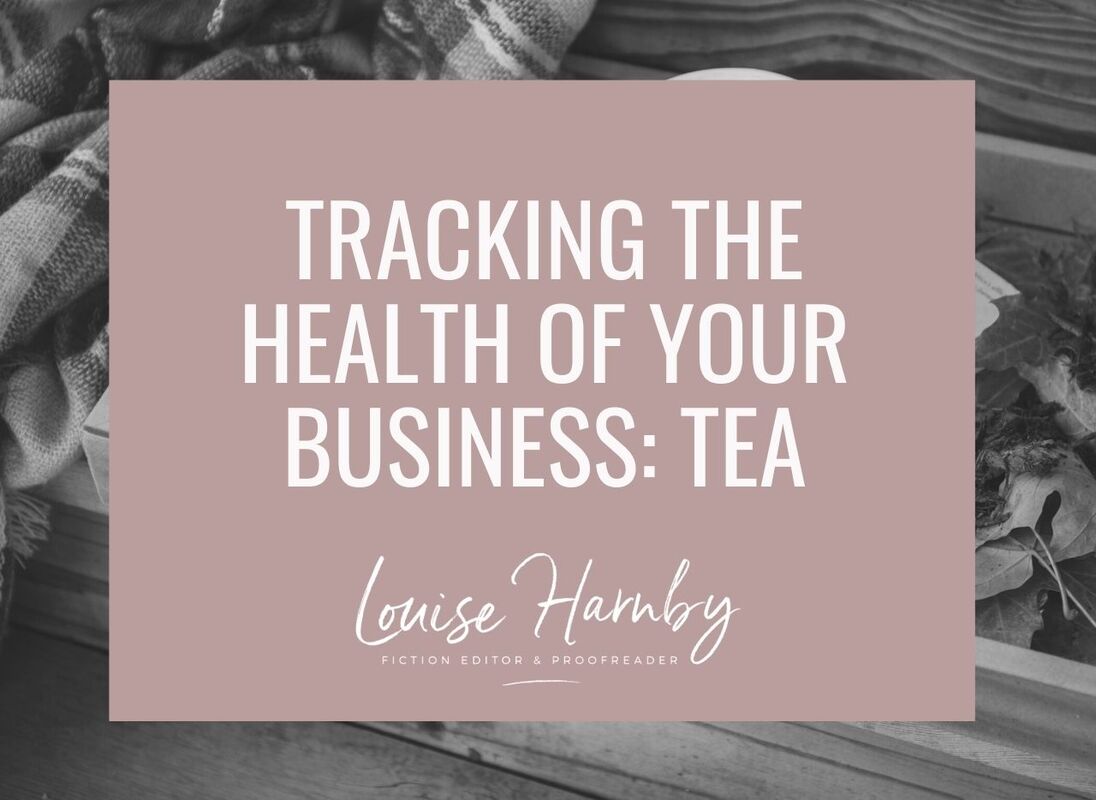



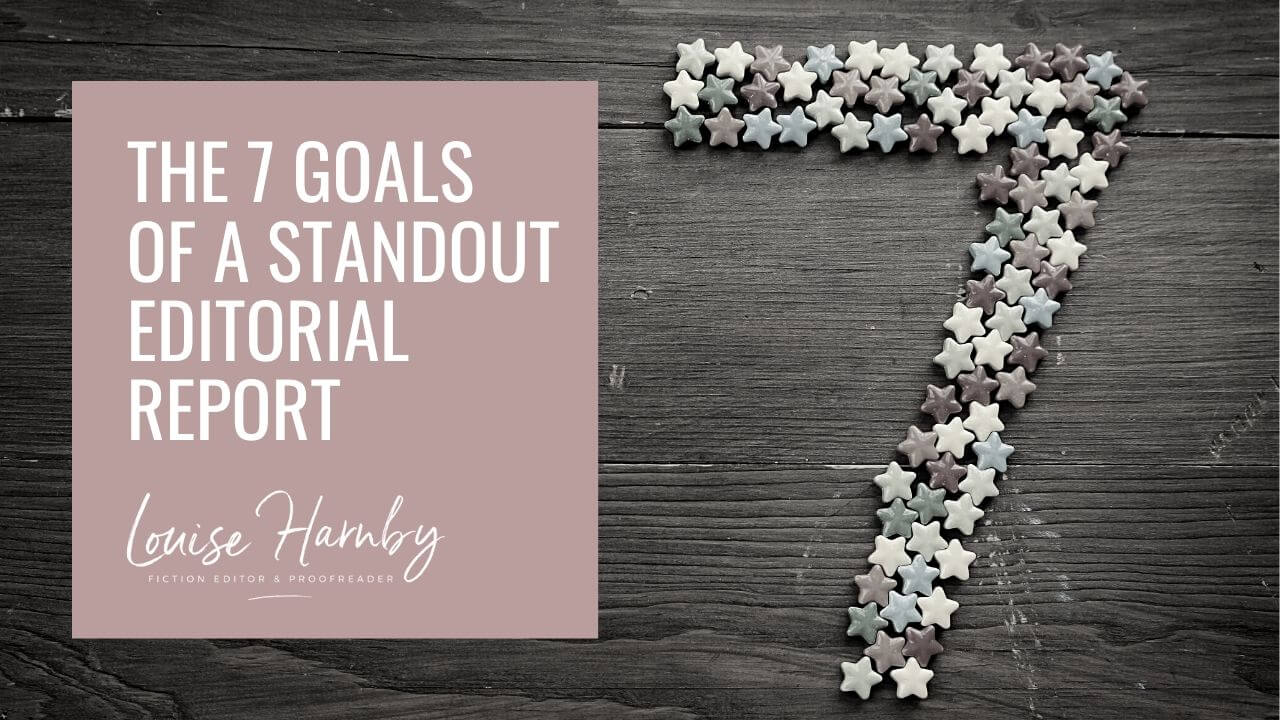
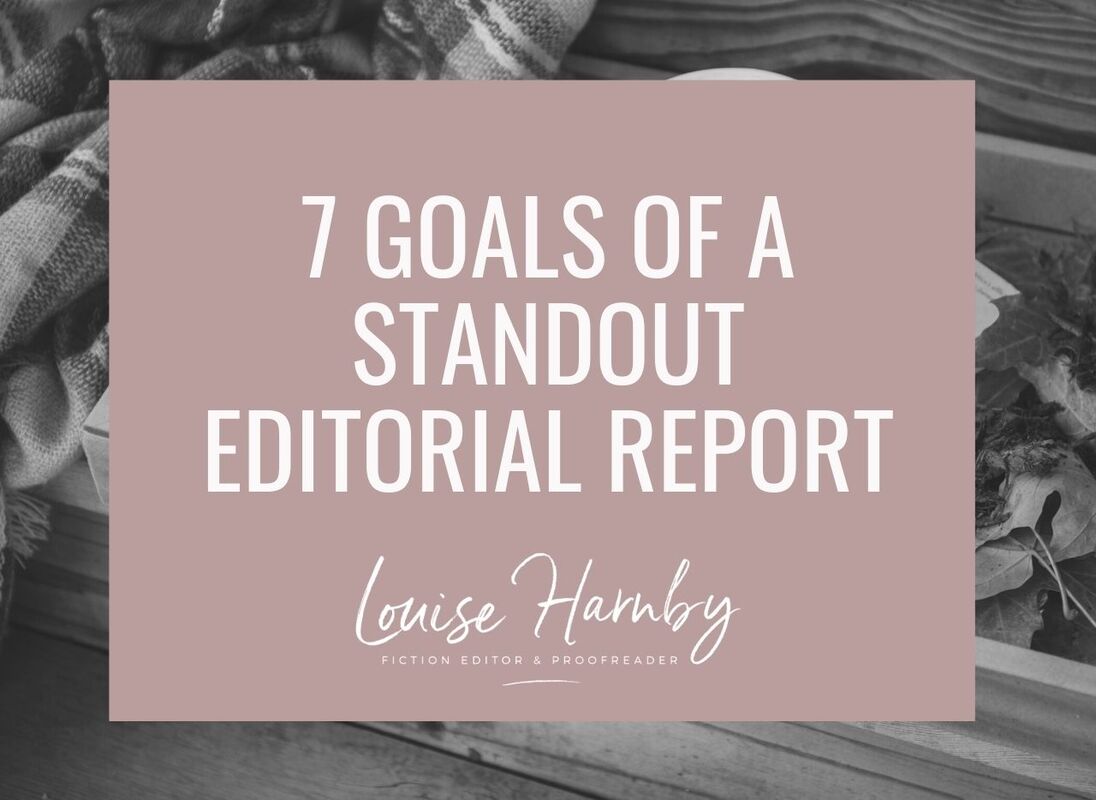
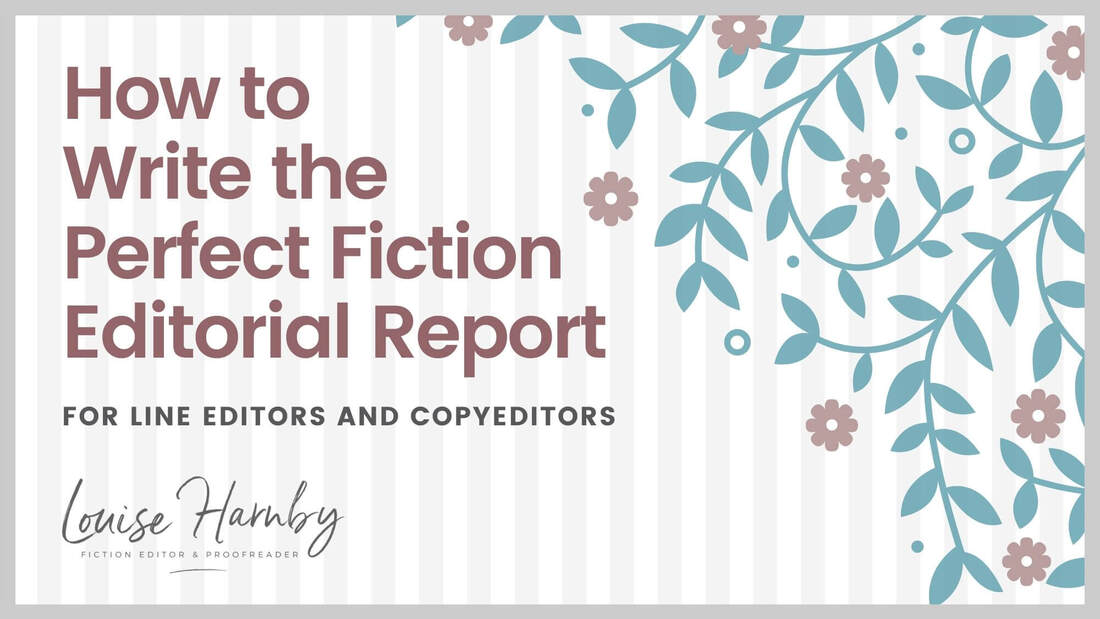
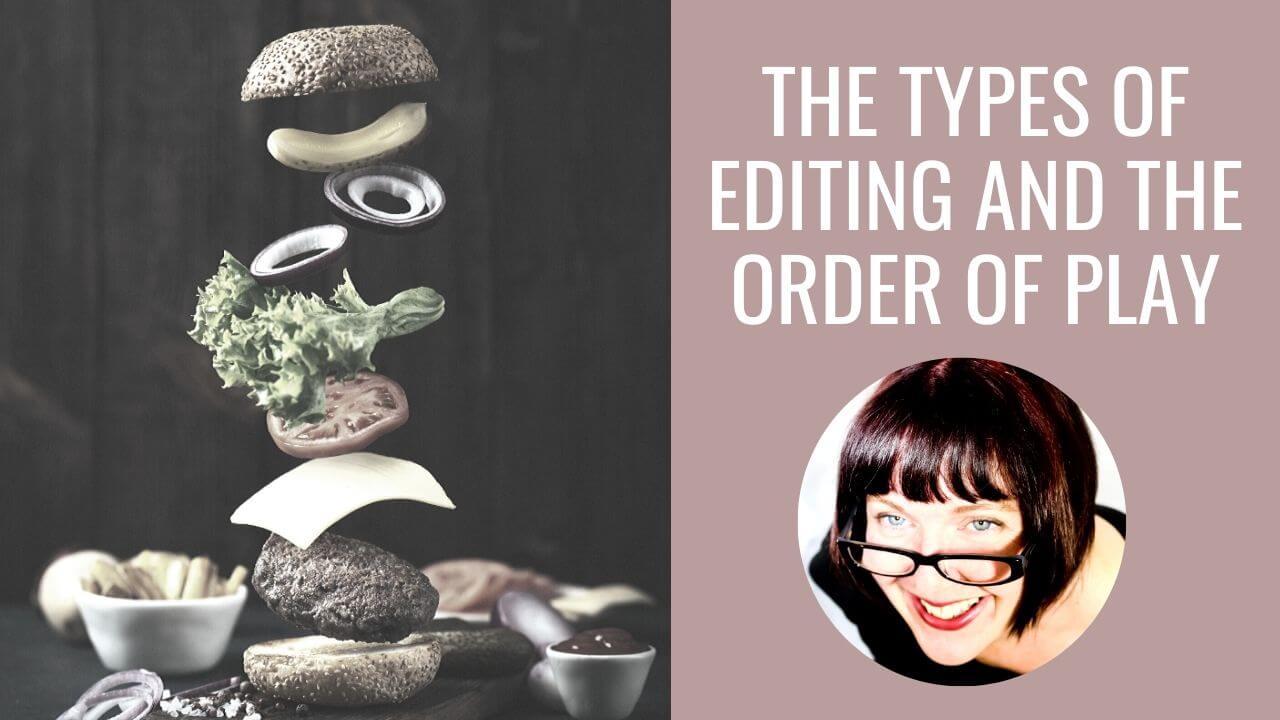
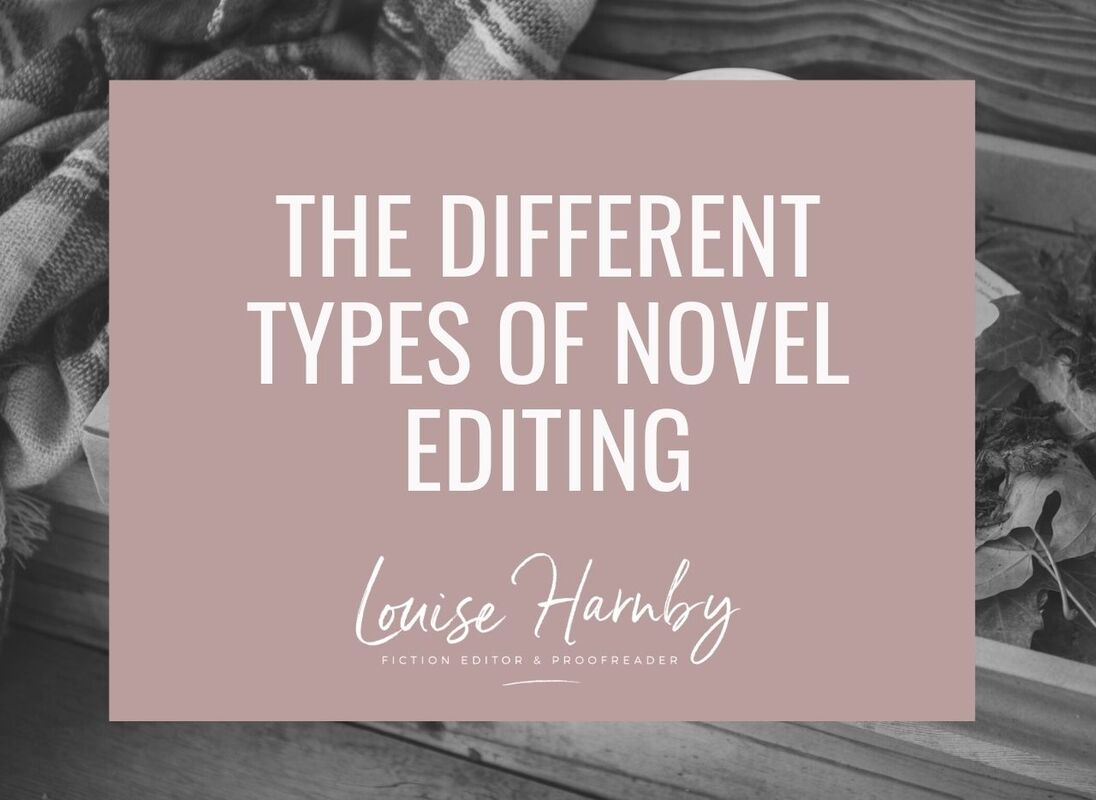
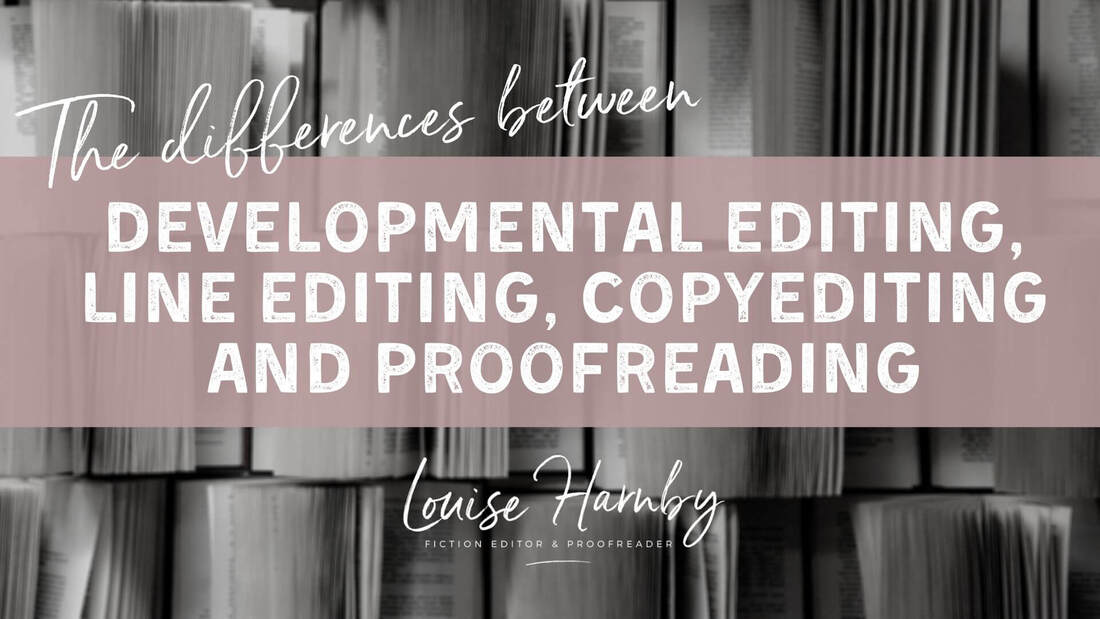
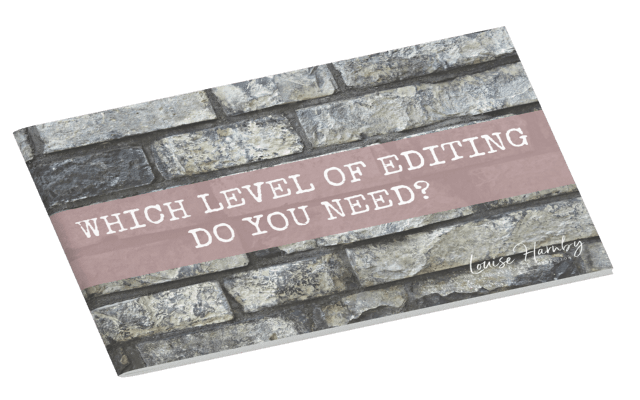
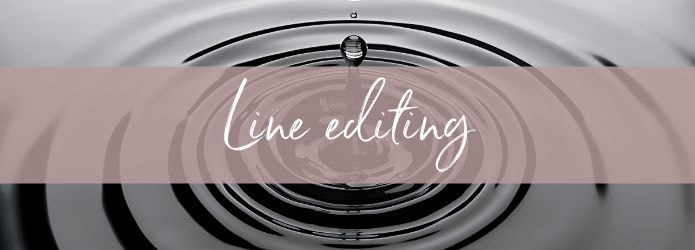
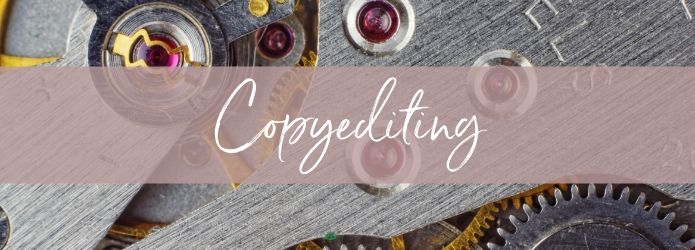
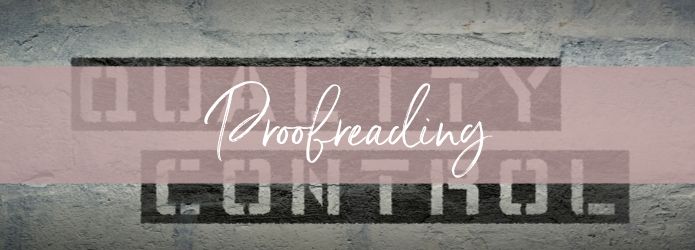
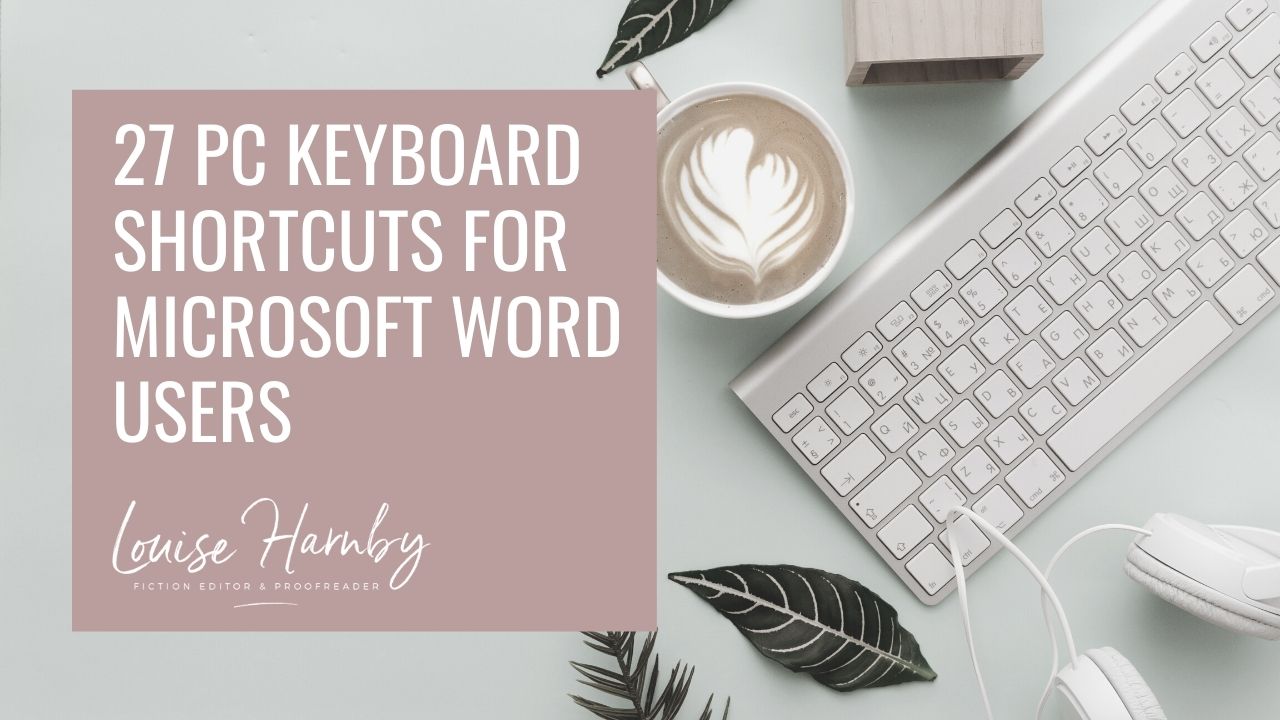
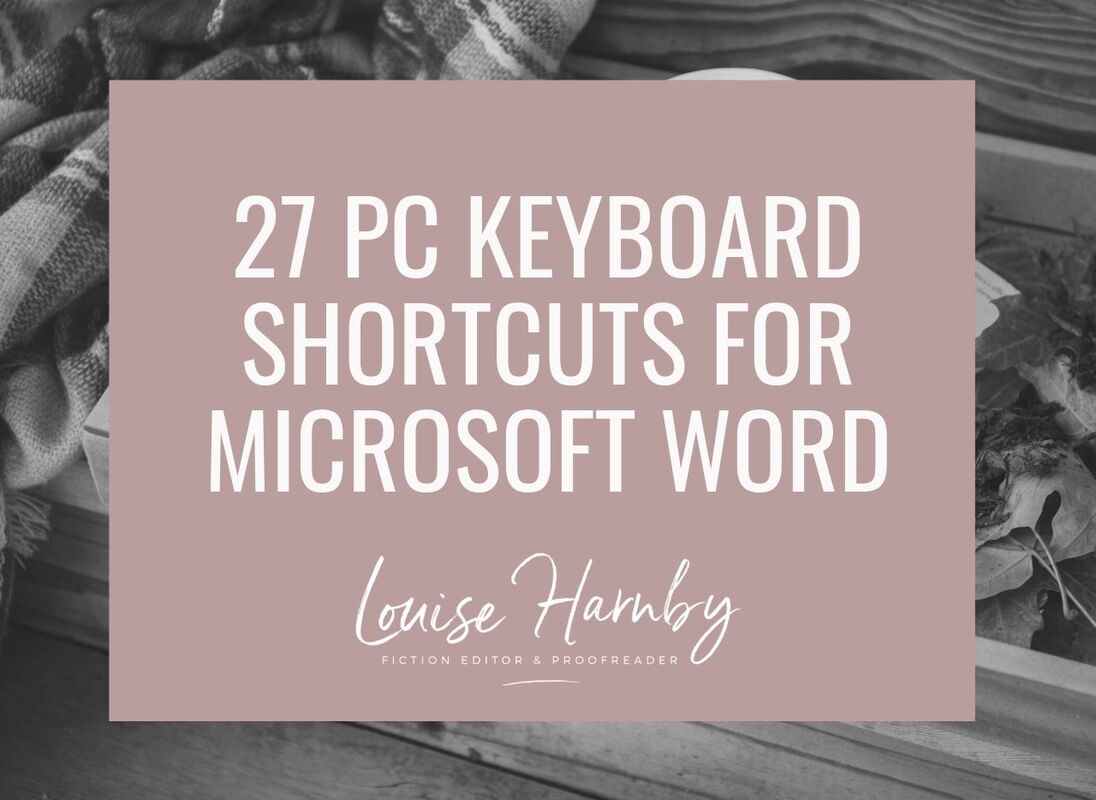
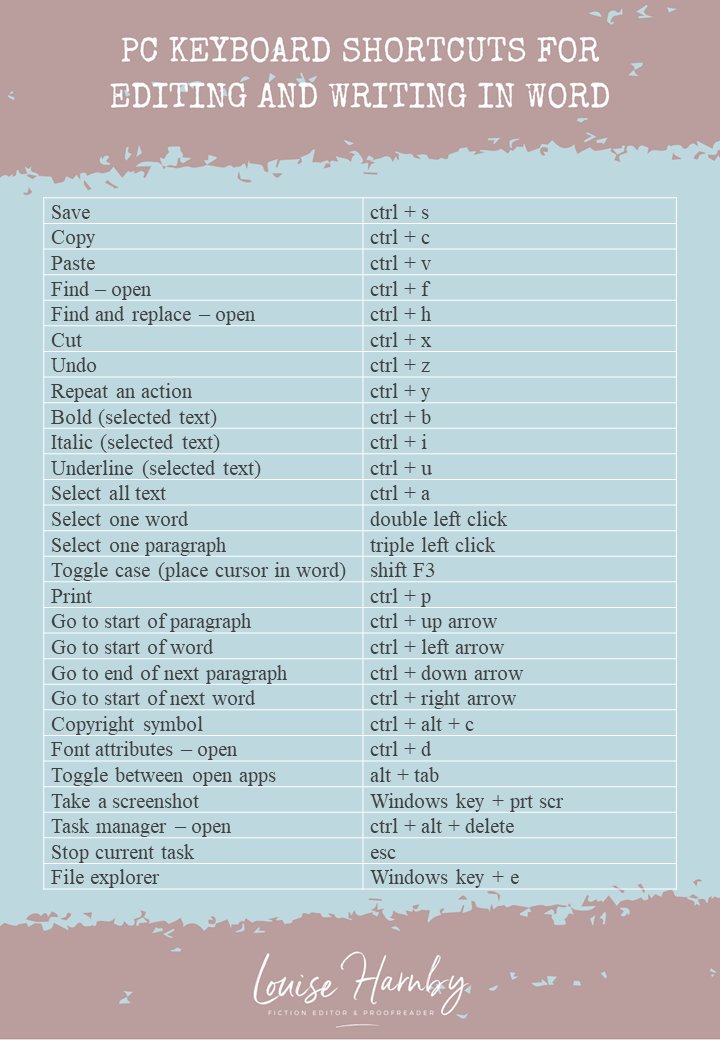
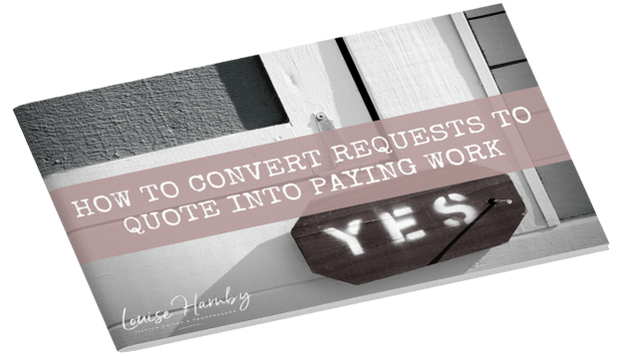
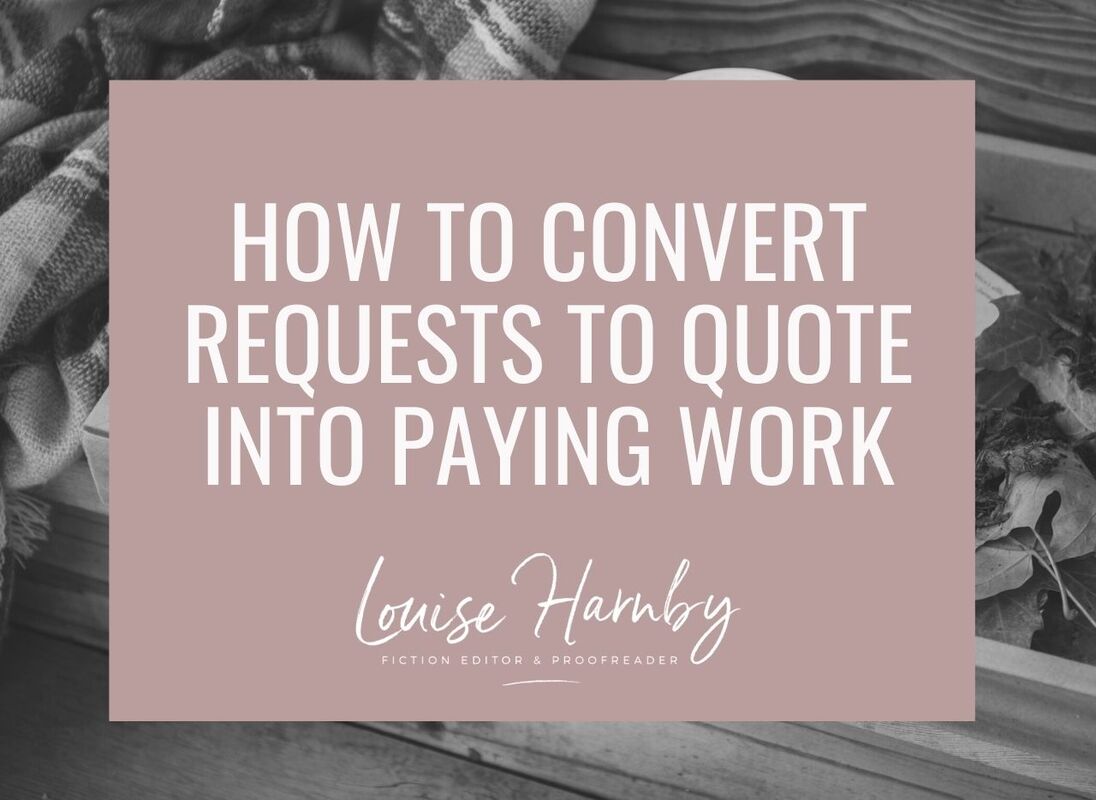
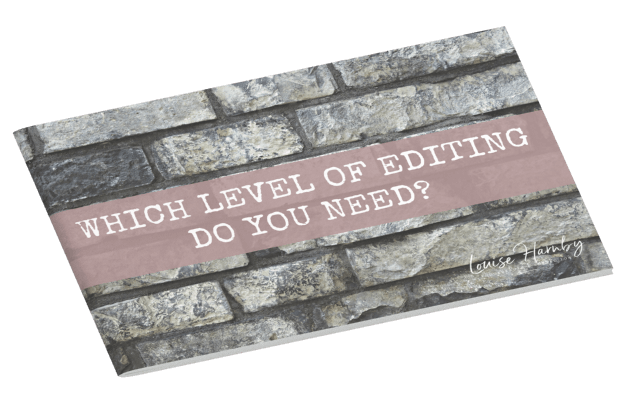
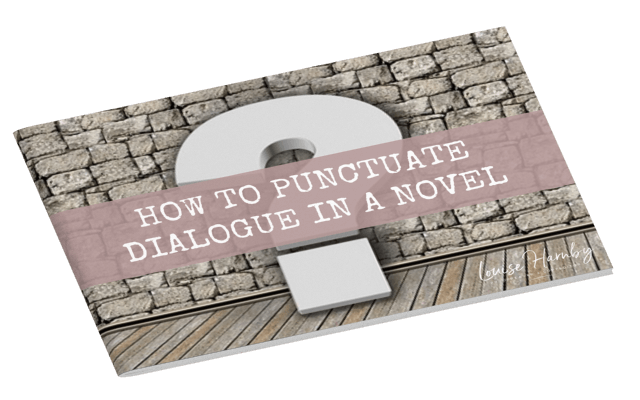
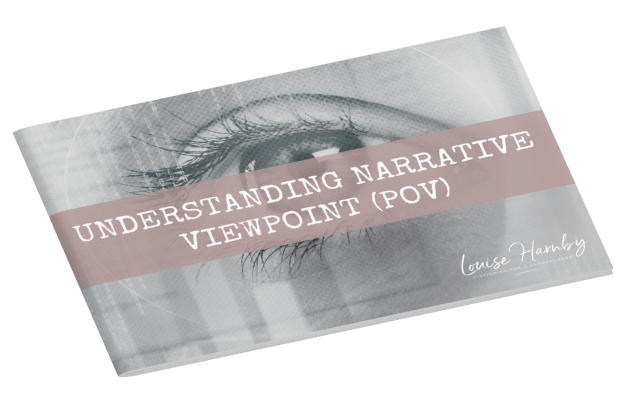
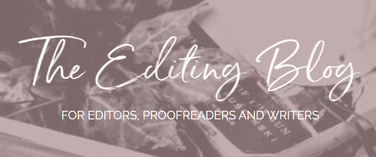

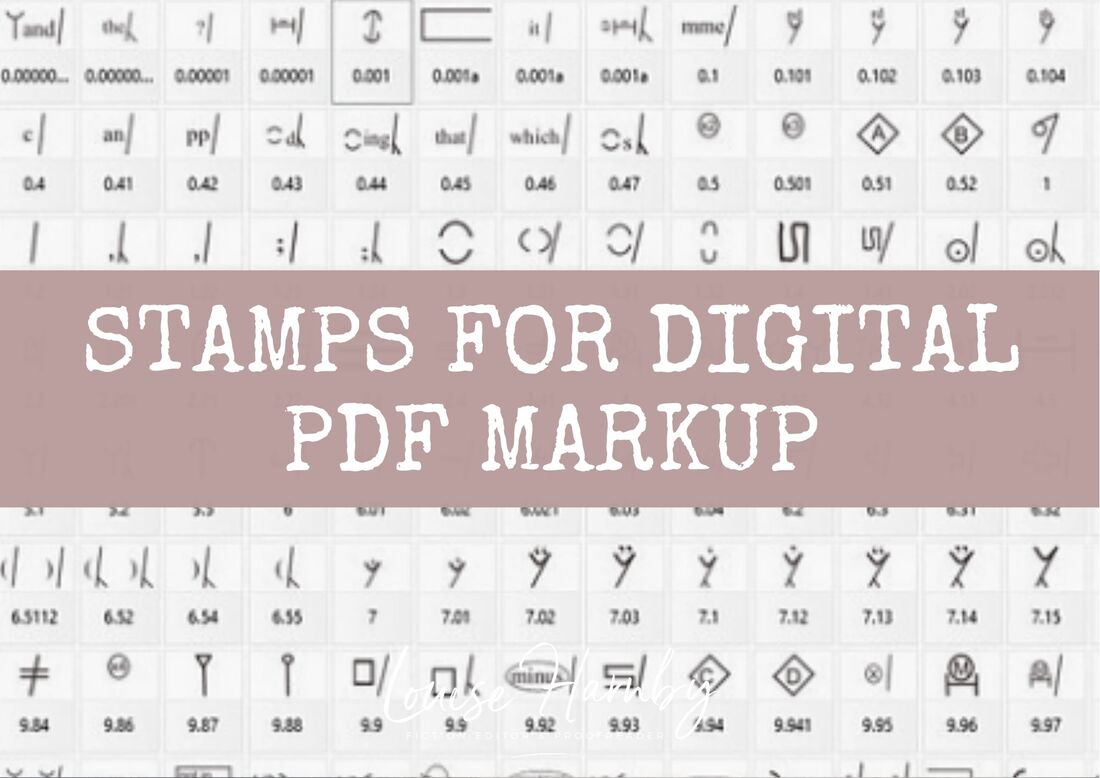
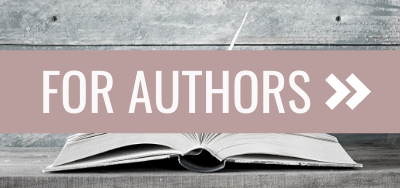
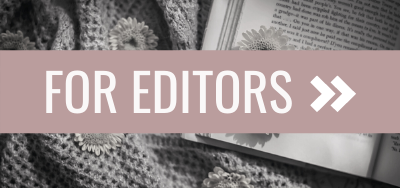
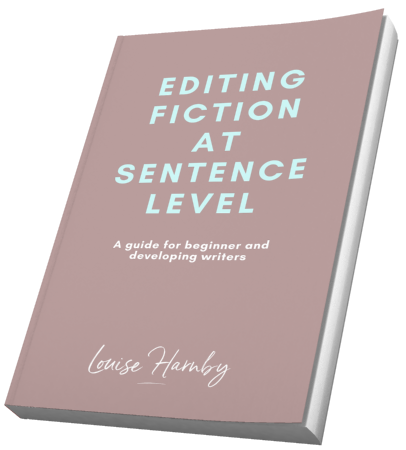
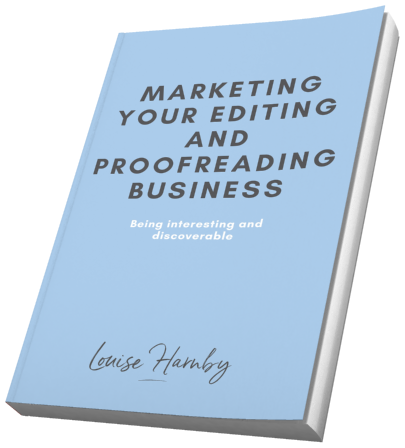
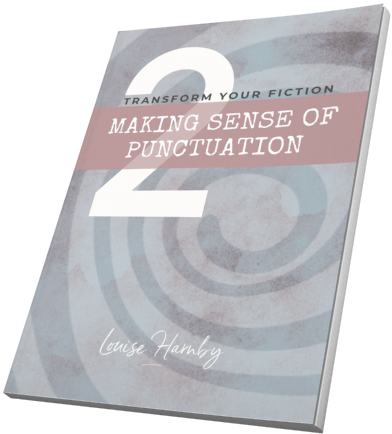
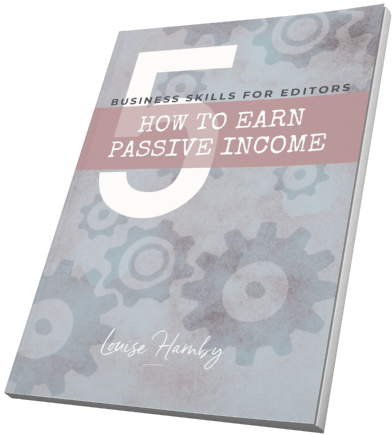
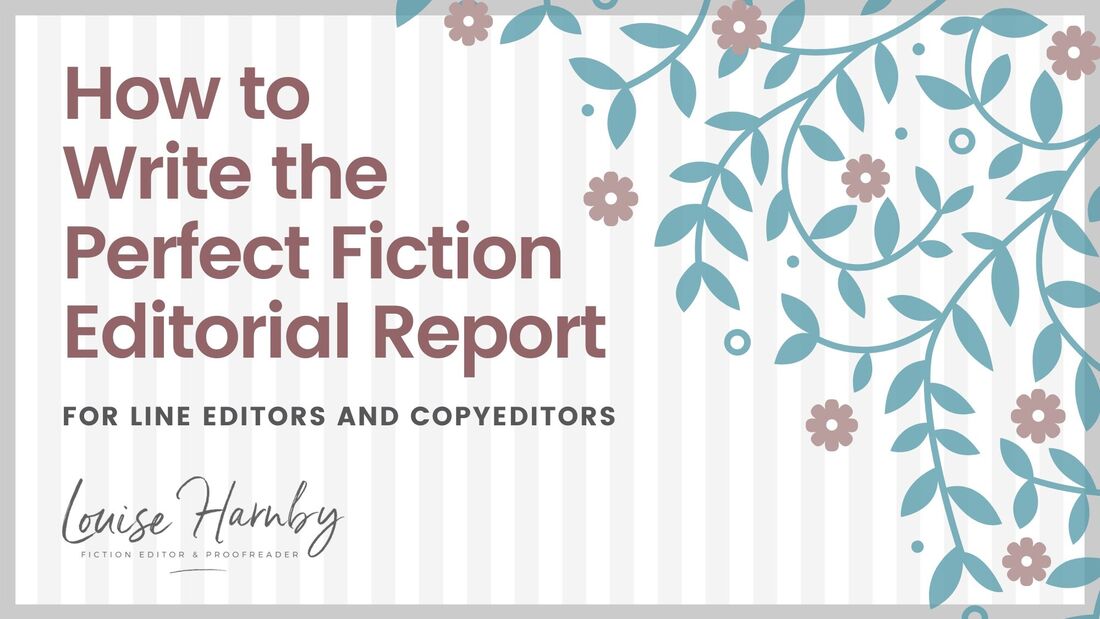
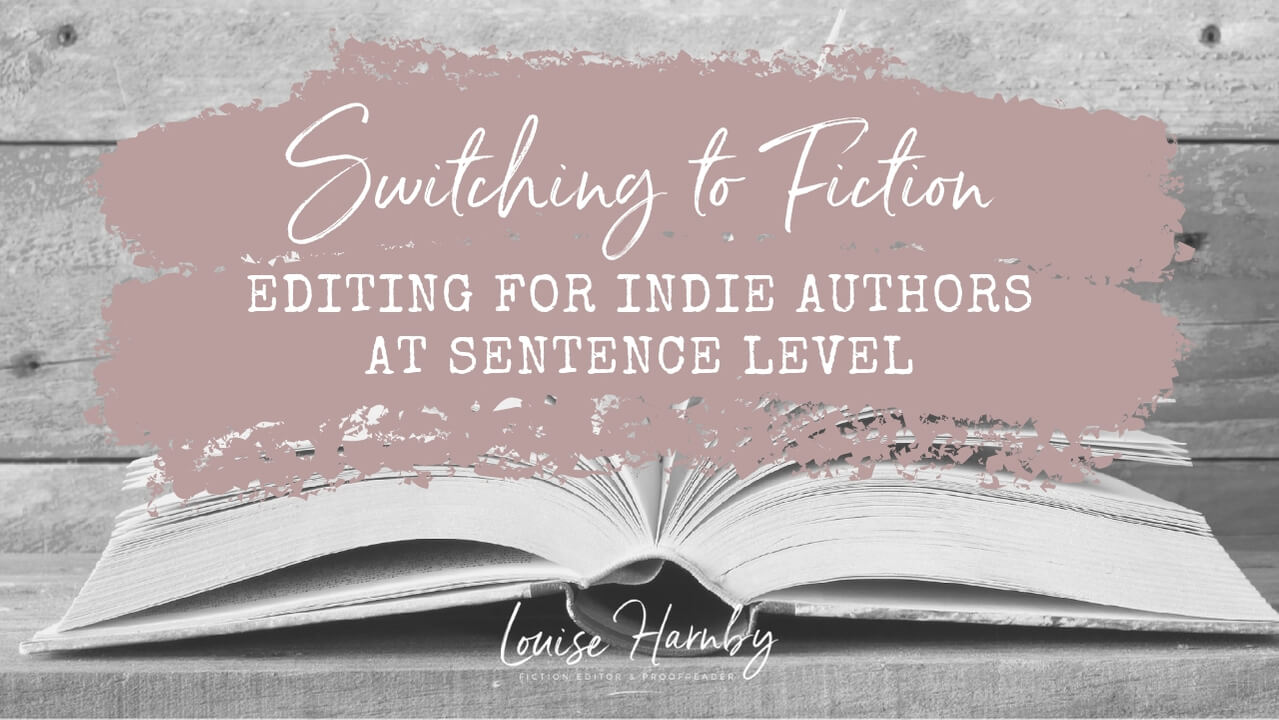
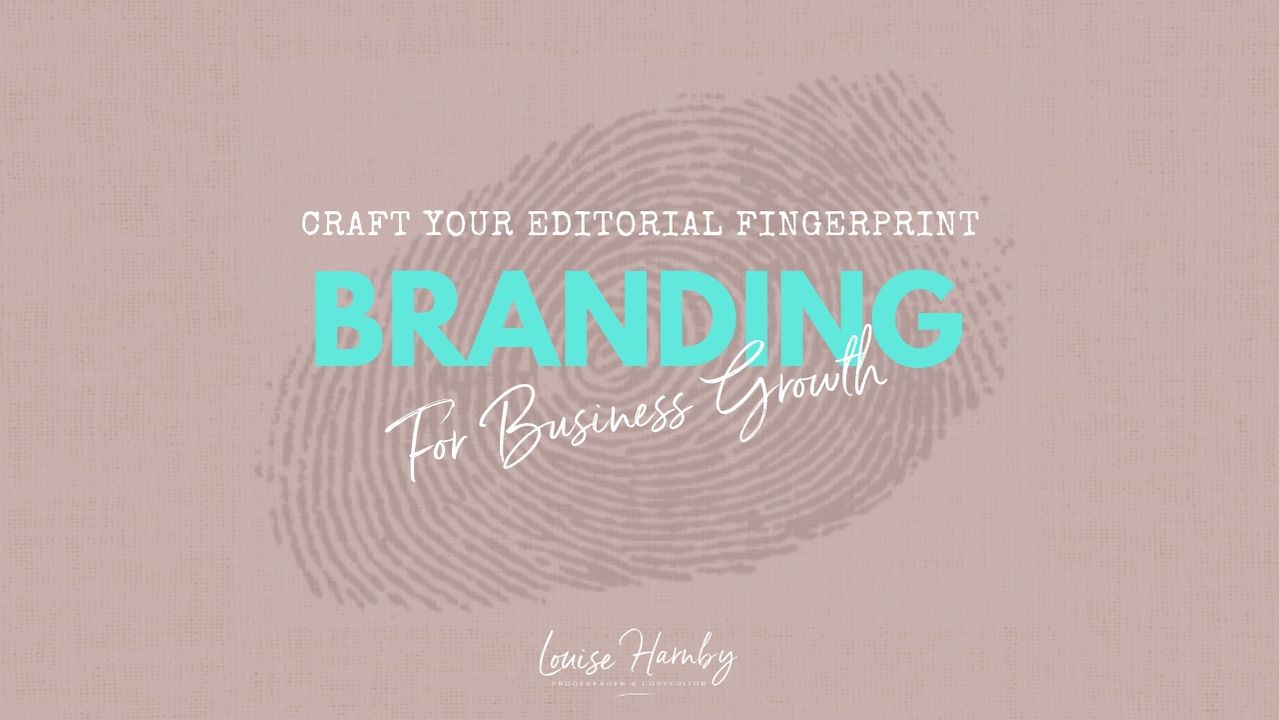
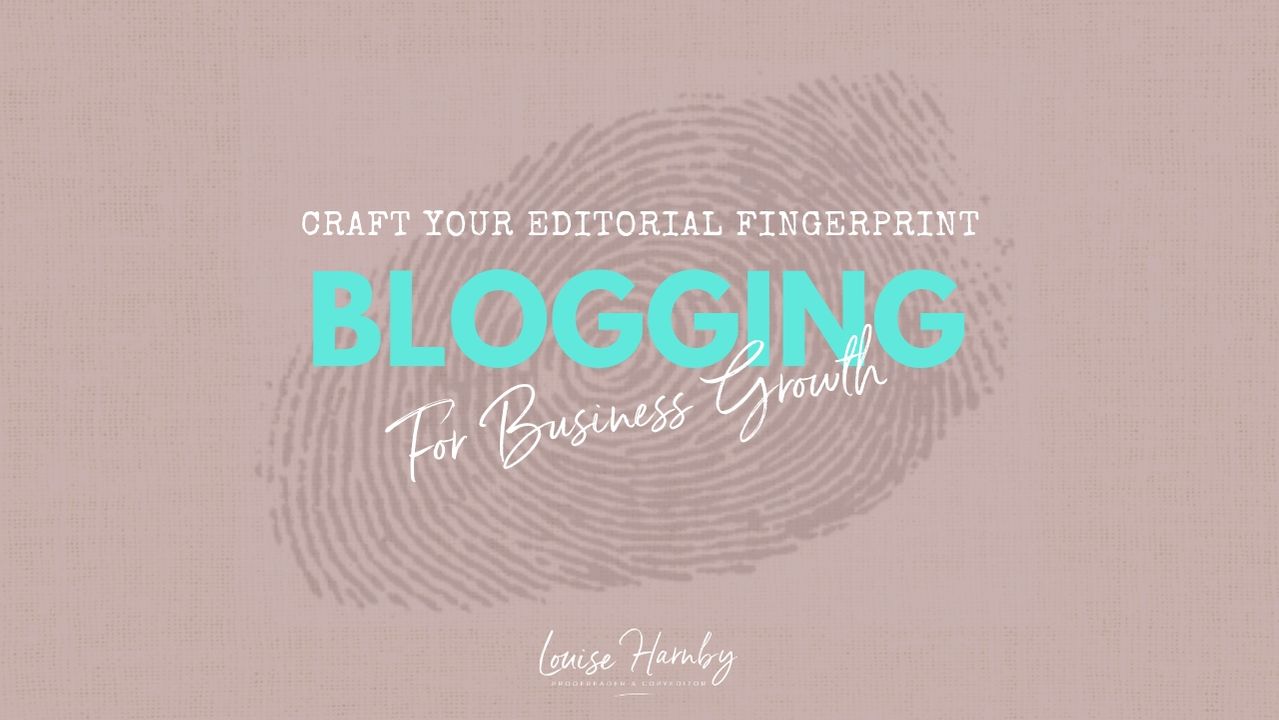
 RSS Feed
RSS Feed
